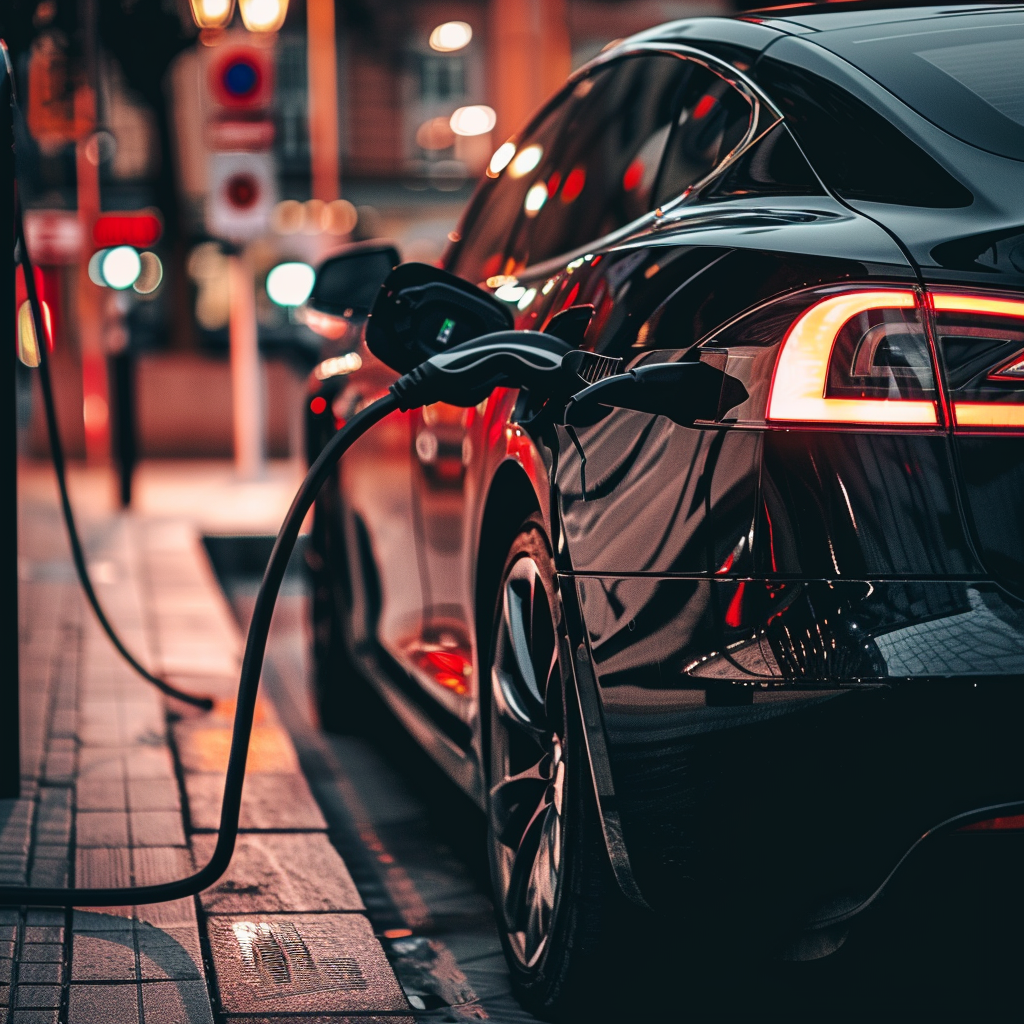April 20, 2011
Asuncion, Paraguay
My friend Arthur Tyde in the Philippines once quipped over dinner, “Manila is what Hong Kong would look like if it were turned over to the Mexicans…” I’ve always chuckle when I think about that.
If I may impose on the analogy, I would describe Paraguay as what Arkansas would look like if it were turned over to the Philippines: part tax haven, part agricultural powerhouse, in a better fiscal position than its peers, slightly underdeveloped, cheap, and lots of potential.
Nobody really knows anything about Paraguay. Ask your neighbors, they’ll probably think it’s in Africa.
The first thing you should know about Paraguay is that the country is the size of California. It looks tiny on a map– probably because it’s surrounded by Bolivia (the size of Alaska), Argentina (the size of Mexico and Central America), and Brazil (the size of the United States)– but there is a LOT of land here.
That is exactly what’s attracting companies like Monsanto, Philip Morris, Cargill, etc… cheap farmland. Staple exports from Paraguay include cotton, soy, tobacco, coffee, sugarcane, corn, beans, peanuts… you name it.
In northwestern Paraguay is the ‘Chaco’ region. It’s no man’s land. You might get water, you might not. You might get roads, you might not. You might get title, you might not. But boy is it cheap… You can pick up hundreds of acres for just a few thousand dollars, and they’re happy to take US dollars.
(as an aside, I find this incredible because Paraguay’s currency, the guarani, has appreciated 25% against the dollar over the course of the year… and it’s data points like this that make me believe that the financial system as we know it absolutely has to reset…)
Chaco property is typically used for cattle operations, though there are now several fuel crop candidates like Jatropha (used in producing biodiesel) that are showing tremendous resilience.
The other interesting thing about the Chaco is that Paraguay actually fought a war with Bolivia over the region. Early in the 20th century, locals were convinced that there was oil underneath the brush land. There wasn’t. 100,000 people died fighting for grazing land.
The valuable agricultural land in Paraguay is in the east of the country. Why? Because that’s where the water is.
The Guarani Aquifer is among the largest underground water resources in the world with roughly 10 QUADRILLION gallons (10 million billion) under the earth. The aquifer supplies Paraguay, Brazil, Argentina, and Uruguay with the most vital of all natural resources.
By comparison, however, land in Eastern Paraguay is much cheaper than its regional neighbors. It’s expensive by local standards, but I have yet to see anything for more than $1 per square meter (roughly $4,000 per acre), and most of what I’ve looked at is in the neighborhood of $0.15 to $.40 per square meter ($600 to $1600 per acre).
This is an opportunity. Farmland is an inflation hedge that is often described as ‘gold (or silver) with yield’; its prices tend to mirror agricultural commodities, and it generates income from the crops that it produces.
Relative to its peers, though, Paraguayan farmland is substantially cheaper. In one extreme example, a piece of land in Brazil right on the border with Paraguay was selling for roughly $2.50 per square meter. Just over the Parana River in Paraguay, the same type of land was selling for just $0.80 per square meter.
Those unfamiliar with the region may cite political differences, currency fluctuations, or cultural norms. They might even start quoting efficient market hypothesis, claiming that something must surely be wrong with the Paraguayan property.
Tell that to the Brazilians and Argentines who are buying property in Paraguay. Or to the multinationals.
Paraguay is where the value is. As an inflation hedge, this is like buying silver for $15 instead of $45.
Sure, Paraguayan farmland might be more like the lesser-known 3-ruble Saint George the Victorious silver coin from Russia, instead of the more famous American $1 Silver Eagle, but the bullion value is just the same.








